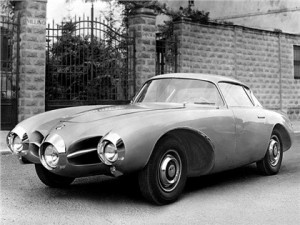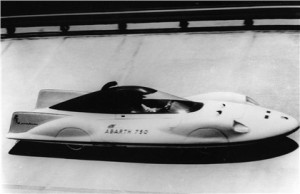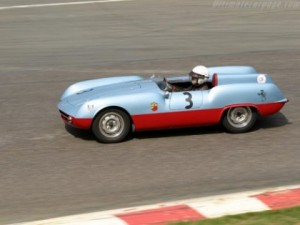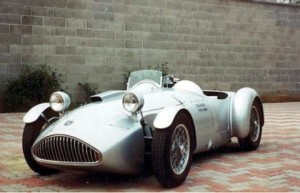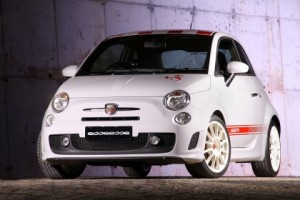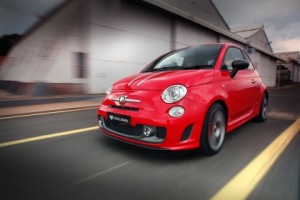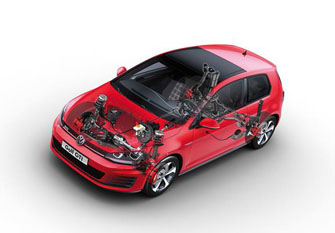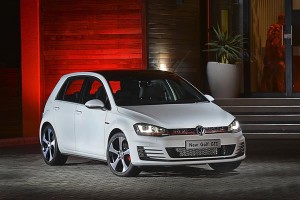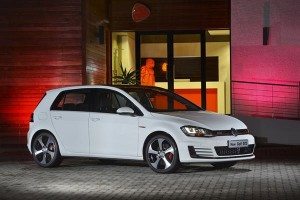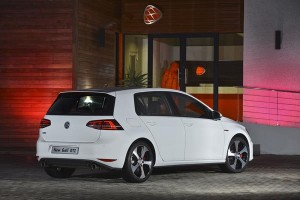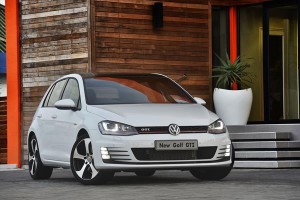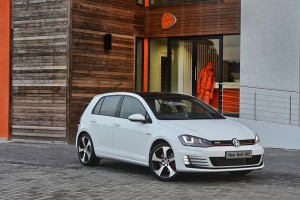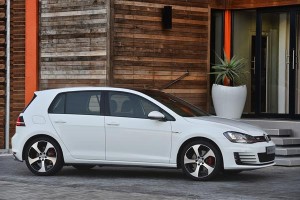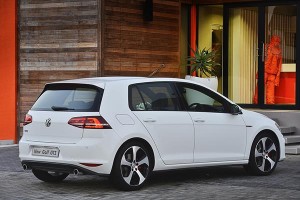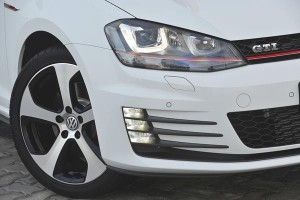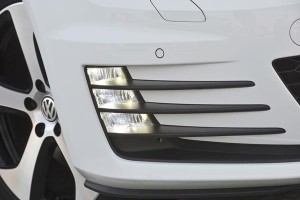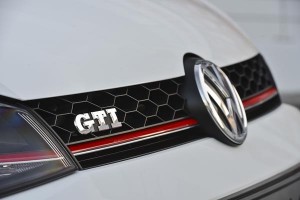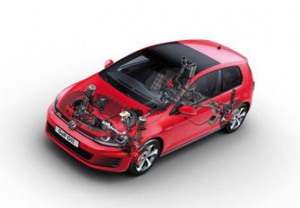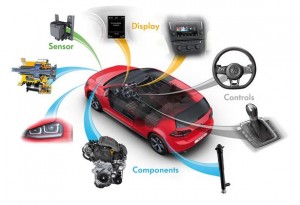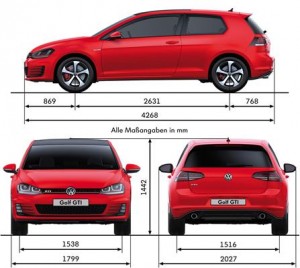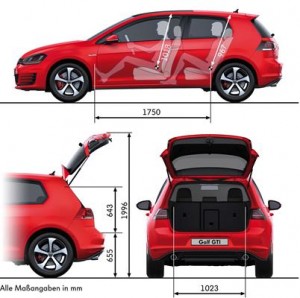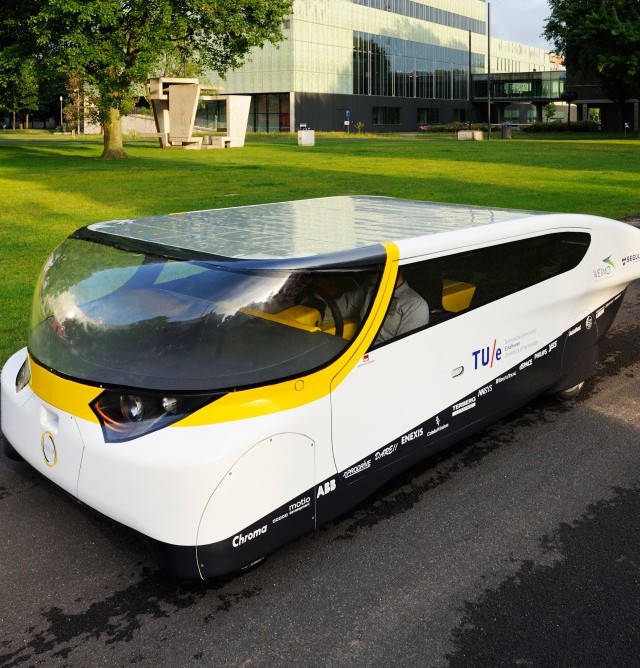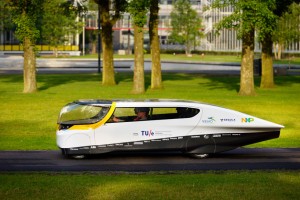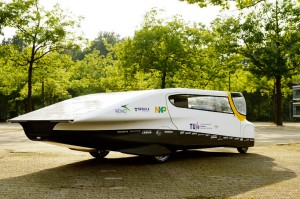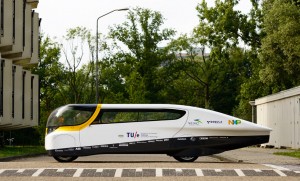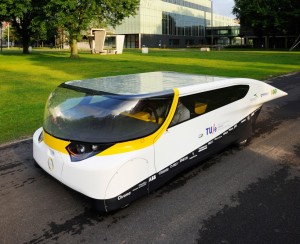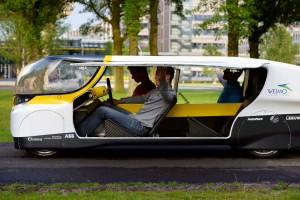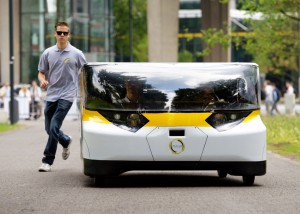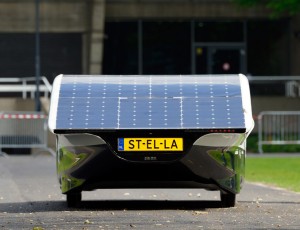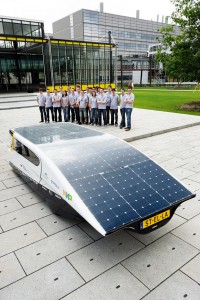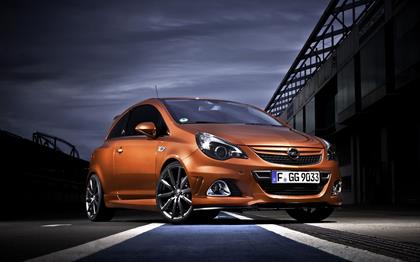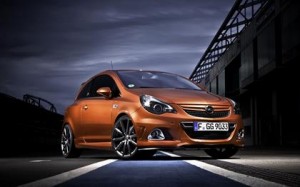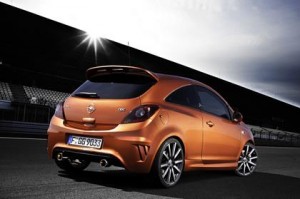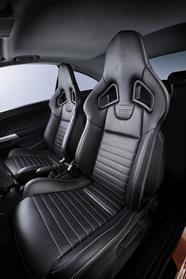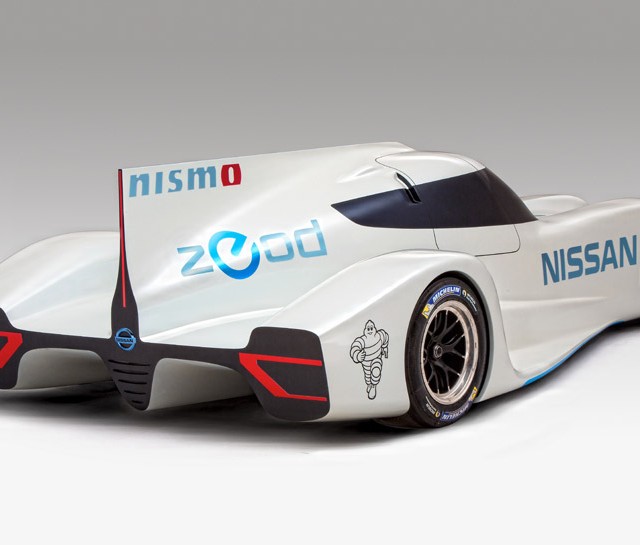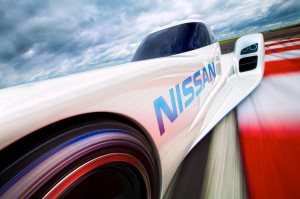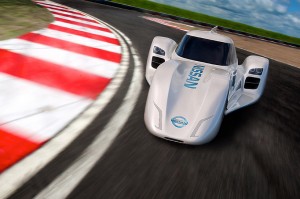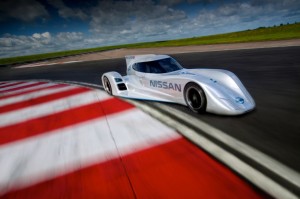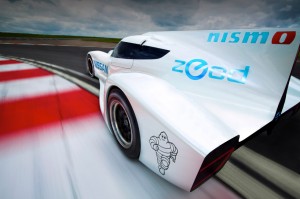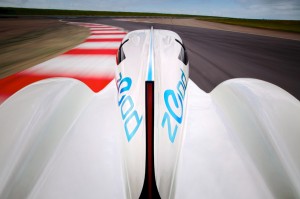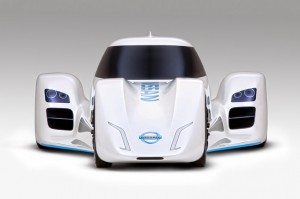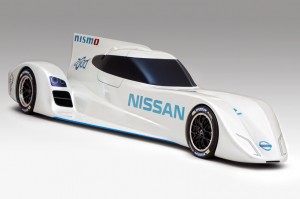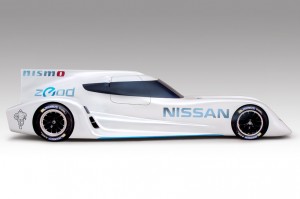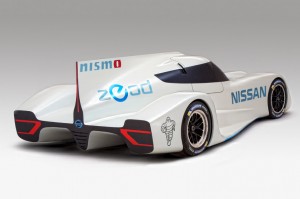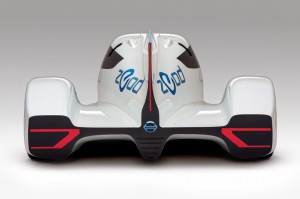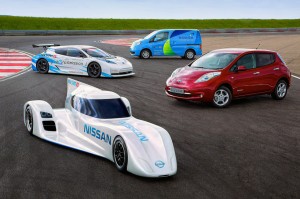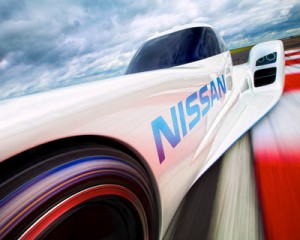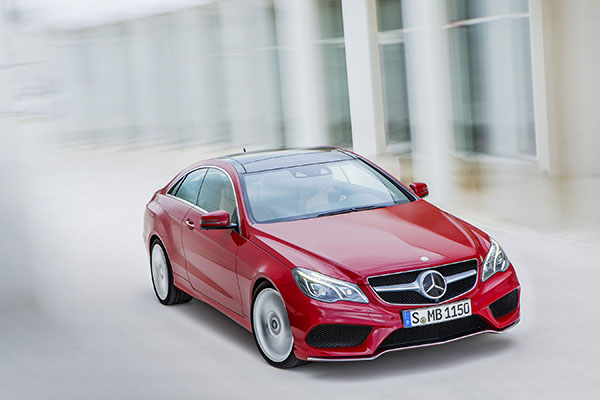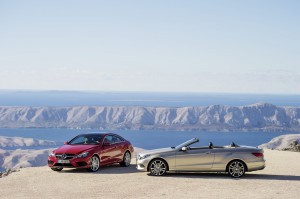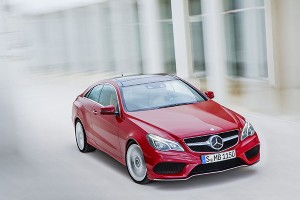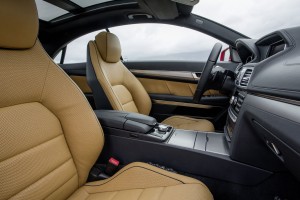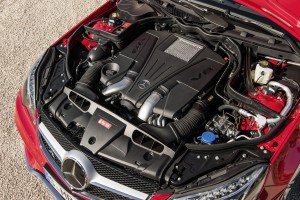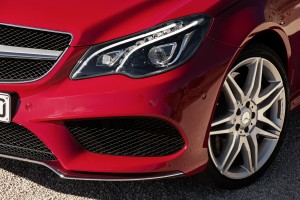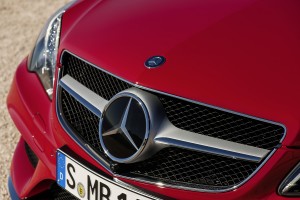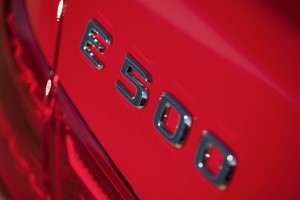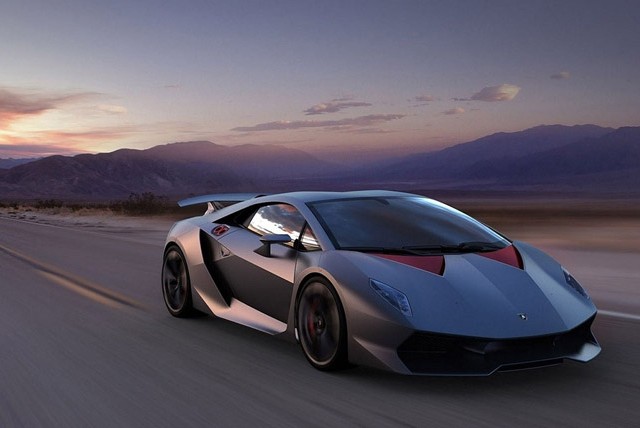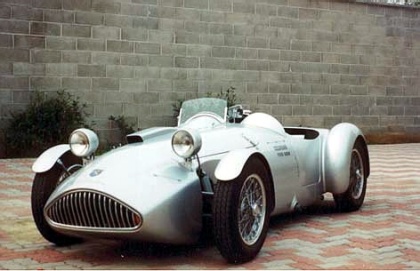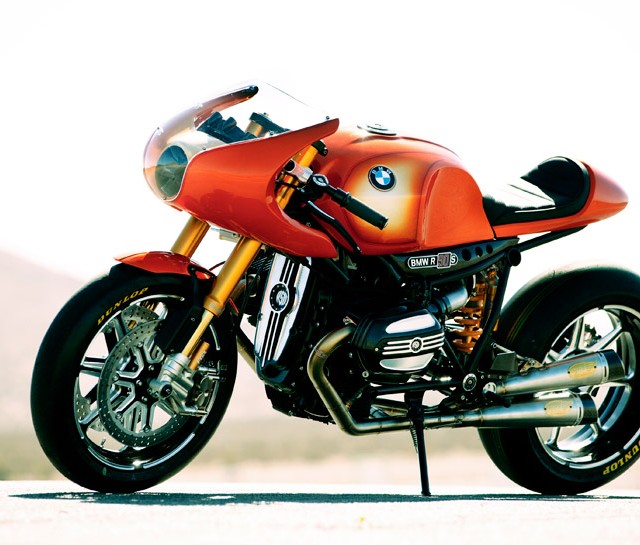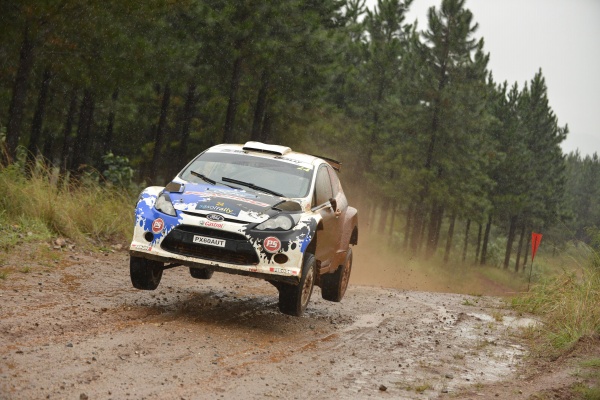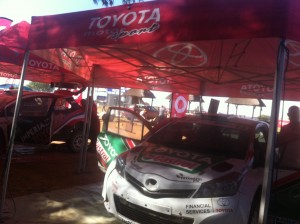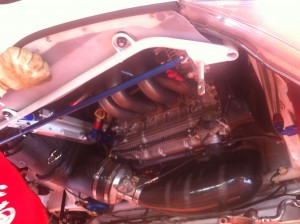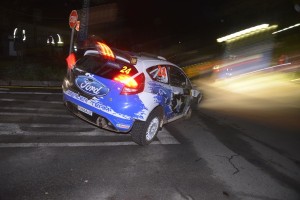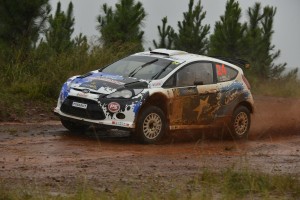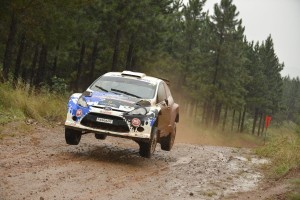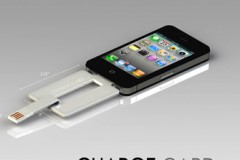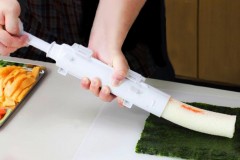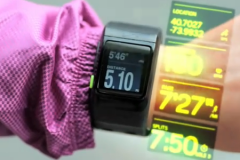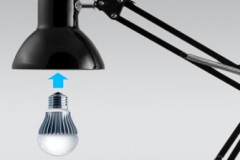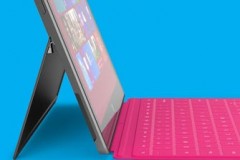Here’s a fun little read. Sit back, grab a cuppa and enjoy.
Karl Alberto Abarth, one of the pioneering figures in performance car tuning, was born in Vienna, Austria on November 15, 1908. Despite his Austrian heritage, Abarth was later naturalized as an Italian citizen, and his name was changed to the Italian equivalent of Carlo.
At an early age, Abarth’s engineering talent was quickly recognized, and at 16, he gained an apprenticeship at Castagna in Italy, designing bicycle and motorcycle chassis. At the age of 19, Abarth returned to Austria, and took a job with the then famous motorcycle racer, Joseph Opawsky at Motor Thun Motorcycles, preparing their race bikes as well as a role as test rider. When the factory rider fell ill, Abarth was offered a race ride in his place. Much to the annoyance of the factory riders, Abarth set the fastest lap time twice during testing, however during the race he was forced to ride a replacement machine that suffered a mechanical failure mid-race. Abarth suspected sabotage, and left Thun in disgust.
Having briefly been exposed to racing, Abarth bought a second-hand 250cc Grindley-Peerless British motorcycle which he stripped down and modified. His first race victory came at Salzburg on 29th July, 1928; a remarkable achievement considering he competed with no factory support and was responsible for his own mechanical backup.
A year later, Abarth built the first motorcycle to carry his name, a truly ground breaking water-cooled two-stroke bike that demonstrated his engineering genius. By his mid-twenties, Abarth had become five-times European Champion.
Following a serious accident in Linz in1933, Abarth abandoned motorbike racing and designed a sidecar with which he won many races. In 1934, Abarth famously beat the Orient Express train on the 1,300 km stretch from Vienna to Ostend. Although the first attempt was thwarted by an electrical fault that caused him to lose the race by 15 minutes, his second attempt, just two weeks later was a victory, beating the Express with 20 minutes to spare.
Abarth’s racing career came to an end in 1939 after a second, more serious motorcycle racing accident in Yugoslavia left him hospitalised there for a year, and forced him to withdraw from racing altogether.
Abarth then turned his attention to cars. Through his connections to revered racing driver Tazio Nuvolari, as well as being a family-friend of Ferry Porsche, he, along with engineer Rudolf Hruska and Piero Dusio established the Compagnia Industriale Sportiva Italia (CIS Italia, later becoming Cisitalia). Abarth had moved permanently to Italy in 1934, where he met Ferdinand Porsche’s son-in-law Anton Piëch and opened the Italian Porsche Konstruktionen agency.
The first automobile born of this cooperation was the somewhat unsuccessful Tipo 360 F1 prototype. The revolutionary single-seater car boasted a ground-breaking design that included a complex four-wheel drive system and a mid-mounted, twin-supercharged 1,493 cc flat-twelve engine producing well in excess of 300 bhp. The project suffered from under-funding before realising its full potential and the CIS Italia project ended in1949 before the car could turn a wheel in competition. The links with Porsche continued, however, into the 60s.
As Carlo Abarth received no payment from Cisitalia, he took the remnants of the company and founded Abarth & C. S.r.l with Armando Scagliarini (father of Cisitalia racing driver Guido Scagliarini) in Turin on 31st March 1949 using his astrological sign, Scorpio, as the company logo.
The company’s mission statement was: “The production of cars and complementary aggregates for sport and racing cars, as well as changes and improvements to sports and racing cars, servicing, manufacture of mass-production tools, agency services and the sale of fuels for race cars.”
Having rescued a D46 single-seater, two 204 Spiders and two incomplete cars from the Cisitalia remains, Abarth created his own racing team – “Squadra Abarth” – signing famous names such as Tazio Nuvolari, Bonetto, Cortese, and Duberti. At the sixteenth Mille Miglia in 1949, Abarth & C. S.r.l lined up with four cars. One of the cars, driven by Scagliarini himself, took second place in its class and fifth place overall. In the company’s first year, the Abarth 204 A Roadster won the Italian 1100 Championship and the Formula 2 title.
On 10th April 1949, driving a 204 A Spider, Tazio Nuvolari won a thrilling victory in the Palermo-Monte Pellegrino hill-climb. Unfortunately, it was to be his last, as ill health forced his retirement from racing.
To help fund the racing activities, Abarth used his experience with motorcycle exhausts to develop a new type of car silencer. Soon a range of exhaust silencers tuned to specific vehicles was created. The silencers were presented in a smart, matt black finish with chrome-plated tips. Despite their high price, this new, highly visible upgrade was fitted to thousands of vehicles. Abarth now employed over 40 people, and by 1950 had sold over 4,500 exhaust systems. By 1962, global sales would reach nearly 260,000 units.
Interest was soon shown by several car manufacturers, including Alfa Romeo, Maserati and Ferrari, and by 1952 Abarth was supplying exhaust systems for the Ferrari GT and World Championship cars.
Abarth began his now-famous association with Fiat in 1952, building the Abarth 1500 Biposto on Fiat mechanicals. In the 1960s, Abarth & C. S.r.l was also successful in hillclimbing and sports car racing, mainly in classes from 850cc up to 2000cc, competing with Porsche 904 and Ferrari Dino.
With the arrival of the Fiat 600 in 1955, Abarth created a small, affordable sports car using the 600′s underpinnings and a 750 cc engine developing more than double the original car’s power. Abarth also re-bodied the car using two Zagato-designed body styles – the Fiat Abarth 750 Zagato and Fiat Abarth 750 GT Zagato.
Abarth produced a range of options for enthusiasts with their range of conversion boxes (cassetta di trasformazione) containing all the parts necessary to convert a standard Fiat. The kits, delivered in a wooden crate, were expensive (the complete Abarth 750 kit for the Fiat 600 cost 250,000 lire in 1955, compared to the 590,000 lire cost of the car itself) but included everything necessary: crankshaft, camshaft, pistons, piston rings, intake and exhaust manifolds, valves, radiator, gaskets, carburettor, exhaust, filters, pipework, belts, tools, oil, chrome badges and instructions. A network of tuning shops also sprang up to cater for the growing needs of motoring fans thanks to multiple victories under the sign of the scorpion.
In June 1956, Abarth drove a 750 with a body specially designed by Bertone, at Monza and set a series of records. Travelling 3,743km at an average speed of 155 km/h, Abarth broke the 24 Hour record. He went on to break the 5,000 km, 10,000 km, 5,000 miles, 48 Hour and 72 Hour records just a few days later.
At the 24th running of the famed Mille Miglia in 1957, 20 Abarth cars represented the 750 class – 16 of them finished the race, with Abarth models covering first, second and third places.
With the launch of the new Fiat 500 in 1958, Abarth created his masterpiece. The car was designed by Dante Giacosa around the principles of simple construction and low production costs, and although the car featured near-standard bodywork, Abarth increased the 479 cc engine’s compression ratio (from 6.55:1 to 10.5:1), a Weber 26 IMB carburetor was fitted, and the intake and fuel systems were optimised. Together with a tuned Abarth exhaust, power was now up to 26 bhp (from 13 bhp).
A number of cars were sent to the Monza circuit for testing, and for seven days and nights, the Fiat 500 Abarth performed a marathon that went down in history. Covering a distance of 18,186 km at an average speed of 108 km/h, the 500 Abarth broke six international records, nearly one every day. Abarth proved that small runabouts could be used as the basis for fast and reliable racing cars, and for them, a new phrase was coined: “small but wicked.”
In the same year, Abarth strengthened its partnership with Fiat. The company vowed to reward Abarth financially on the basis of the number of race victories and records set by Abarth- modified Fiats. Given the low cost of the cars, Abarth and its growing privateer following entered countless race series, notching up an incredible string of victories.
The Sixties were a golden age for the Scorpion. The Abarth name entered popular language as a byword for performance, upgrades and victory.
The 1960 Fiat 600D boasted a new 767 cc four-cylinder unit producing a modest 29 bhp. Abarth bored and stroked the engine to 847 cc, upping power to an incredible 57 bhp with the highest compression ratio option. Maximum torque also jumped to 50.6 lb/ft while the 87.5 mph top speed was as fast as saloon cars twice the size.
Branded the Abarth 850 TC (Turismo Competizione), the car was entered into the ‘Touring Competition’ class. However, to comply with the 1961 homologation requirements, Abarth had to factory-build 1,000 units before the end of the year – a target the company only just met.
The 850 TC was also available as a kit, which included a replacement crankcase, crankshaft, lighter pistons and connecting rods, a new re-profiled camshaft, Solex 32 PBIC carburettor, exhaust system, plus all the gaskets, filters, clamps and screws needed to complete the kit’s installation. The famous front-mounted radiator, needed to keep the larger engine cool, was available as an option, as were up-rated brakes and larger wheels.
While anyone could fit the kit, those installed by Abarth benefitted from strengthened suspension springs, front disc brakes, an extra radiator, an Abarth steering wheel, and special hinges that allowed the rear engine lid to stay open – while some thought this was to aid cooling, it was in fact a considerable aid to the car’s aerodynamic performance.
On the track, the 850 TC enjoyed countless victories – it came first-in-class in its inaugural 24 Hour race at Le Mans in June 1961, collected titles for the European Touring Car Challenge in ’65, ’66, and ’67, and six successive Manufacturer’s Championship titles. When the 55 bhp 850 TC won the grueling 500 km Nürburgring race in 1963 – with a multitude of Abarth’s in all the top places – the victories made such an impression that the German track’s name was added to the engine cover in recognition of the car’s achievement.
At the 1962 World Championship race at Circuito del Garda, the only rival manufacturer withdrew before the start, leaving the Abarth-only field to fight amongst themselves for victory.
Abarth expanded its partnerships with brands such as Simca, with results such as the Simca 1000 (which proved so successful it remained in production until 1978), and the Simca 1300, featuring Abarth’s potent 1,300 cc twin-cam four-cylinder engine, pumping out 140 bhp.
Abarth believed the little 500 could still be improved upon and, in 1963, launched the Abarth 595. With a larger, 595 cc capacity engine, a new Solex C28 PBJ carburettor and a tuned fuel system, power increased to 27 bhp and the car’s top speed passed the 120 km/h mark. The Abarth 595 SS, released the following year, increased power still further to 32 bhp and a 130 km/h top speed.
All Abarth models were under continuous development, and in 1964, the Abarth 1600 OT (Omologata Turismo) arrived. A derivative of the mightily successful 850 TC, with a colossal 155 bhp from its fire-spitting 1,592 cc four-cylinder engine, the 1600 OT had a top speed of 131 mph and could hit 62 mph in 7.2 seconds. It did however, earn a reputation as something of a ‘monster’ given its aggressive character.
By 1965, Scorpion-branded race cars were decimating the competition. In that year alone, Abarth racers notched up almost 900 victories. However, there was a price to pay. The packed race calendar and the spiralling costs of preparation were beginning to take their toll, particularly on the privateers. The Abarth 850 TC Corsa cost 1,525,000 lire in May 1965 but, after the company’s decision to implement the same changes that had been introduced on the official team cars, this rocketed to 2,340,000 lire just six months later. Although this decision was designed to address criticism from some private entrants that they were discriminated against in comparison to the official drivers, the greater effect was in fact one of alienation.
1965 was also the year that saw Carlo Abarth return to the track in record-setting mood. On October 20th, he set the acceleration record over a quarter of a mile and 500 metres at Monza, driving a Fiat Abarth 1000 Class G single-seater. The next day, he set the same records for the higher Class E in a 2000 cc single-seater. Whilst that may be considered achievement enough, he was by this time 57 years of age, and had to shed 30 kg in weight to be able to fit in the cramped cockpit.
Hans Herrmann was a factory driver from 1962 until 1965, winning the 500km Nürburgring in 1963 with Teddy Pilette. Later, Johann Abt was promised by Carlo Abarth that he could drive a factory car for free if he won all the races he entered—which Abt nearly did, winning 29 of 30, the 30th being a second!
Success continued unabated during the late 1960s, despite the best efforts of race officials and associations to curb the company’s triumphant run. New cars continued to arrive on the racing scene, such as the Fiat Abarth 1300 OT, the Fiat Abarth 1000 SP, and the Fiat Abarth 2000 Sport Spider.
During the 1970s, some models built by Fiat or its subsidiaries Lancia and Autobianchi were co-branded Abarth, the most famous being the Autobianchi A112 Abarth. Probably the most popular “boy racer” vehicle of its time on account of its low weight and price, the A112 would be the last car that Carlo Abarth was actively involved with, and it enjoyed its own competitive success in rallying and a one-make series, and remained in production until 1986.
However, as the company moved towards the 1970s, the cost of maintaining the brand’s reputation was beginning to take its toll. The company’s management style was more focused on achieving victory than returning a profit, and in August 1971, Abarth merged with Fiat. The racing team was sold to Enzo Osella and Abarth became the racing department of Fiat, managed by famed engine designer Aurelio Lampredi.
Fiat re-organised Abarth to function as its rally preparation arm, and success continued with second places in the world championships of 1973, ’74 and ’75, and a historic finish to the 1974 Rally of Portugal where 124 Abarth Rally models took the first three places.
The Fiat 131 Rally took over in 1976, taking first place at the Elba Island Rally and 1000 Lakes Rally in Finland, and competing until 1980, having achieved three World Constructor Championship title wins.
Carlo Abarth died on October 23rd 1979, aged 71 due to severe illness. His death, like his birth, came under the sign of the Scorpion. He left behind an astonishing legacy of 10 world records, 133 international records and over 10,000 track victories.
The Abarth name continued into the 1980s, with rallying success under the Lancia banner and sales success with the Fiat Strada Abarth 130 TC, powered by a snorting 2.0-litre twin-cam engine with twin-choke carburettors and a healthy 130 bhp output. Unfortunately, this great brand descended into mediocrity during the 1990s, with an increasingly cynical range of badge-engineered products.
In 2007, the Fiat Group re-launched Abarth & C SpA, complete with new, purpose-built premises at the Mirafiori complex in Turin, known as Officine 83.
The motorsport, design and manufacturing divisions, along with the revered Abarth Racing Team, are currently housed in the 23,000m2 Officine 83 building, which took a mere eight months to construct. It housed more than 100 employees.
The new company’s first achievements included the rally-prepared Grande Punto Abarth S2000 which won the inaugural Intercontinental Rally Challenge and two new road-going models – the Abarth Grande Punto and the Abarth 500.
After years of sports competing on the continent, competition organisers announced the launch of a new Abarth 500 GB series for 2010. The competition was to represent a new high profile sponsored race series, which was staged at Oulton Park, Cheshire, in April 2010.
Building on the success of its namesake Italian and European series, the GB competition brought together a plethora of driver-talent from across the UK. All Abarth Assetto Corse (limited edition) cars are built in Turin, Italy, and are checked to the highest standards. They are also subject to a shakedown and test at the Fiat Group proving ground in Balocco.
In 2009, following cooperation with Ferrari, of whom Fiat Group owns 90%, the Abarth 695 Tributo Ferrari was launched. Development was carried out in conjunction with Ferrari engineers. The Tributo theme has been further carried across to the Maserati brand with the launch in 2012 of the 695 Tributo Maserati.
Abarth was introduced into South Africa from the end of 2011 with a single retail partner in Johannesburg until the franchise was broadened to include Pretoria, Durban and Cape Town in 2013.
To date more than 100 Abarth vehicles have been sold locally, these include the Abarth 500 and 500C, Esseesse versions and the 695 Tributo Ferrari. The Abarth name has also been extended to include a limited run of 10 Abarth Punto Scorpione editions for local Abarth fans.
All Abarth vehicles are sold locally from the four Abarth agents; Arnold Chatz Cars, Johannesburg, McCarthy Wonderboom, Pretoria, NMI DSM, Umhlanga and Century City, Cape Town, with a 3 year / 100,000km full warranty and maintenance plan. Pricing starts at R247,990.00.
Abarth produced vehicles:
• Fiat 500 Abarth
• Fiat Abarth 750
• Abarth 1000 TC (Fiat 600 Abarth)
• Abarth 1100 Scorpione Spider (Boano)
• Abarth 1500 Biposto
• Abarth Simca 2000 – coupé
• Abarth 204A Berlinetta
• Abarth 205A Berlinetta
• Alfa Romeo Abarth 2000 Coupe
• Abarth 207A Spyder
• Porsche 356B Carrera GTL Abarth
• Abarth Simca 1300 GT
• Fiat Abarth 850 TC Berlina
• Fiat Abarth OT1000
• Fiat Abarth OT1600
• Fiat Abarth OT2000 Coupe
• Fiat Abarth Zagato 750 Record Monza
• Fiat Abarth Zagato 750 Record Monza Bialbero
• Fiat Abarth Allemano 750 Spider
• Fiat Abarth 1000TCR Berlina
• Autobianchi A112 Abarth
• Fiat Abarth 595 SS
• Fiat Abarth 695 SS
• Abarth OT 1300
• Abarth Monomille
• Fiat Ritmo 125 TC Abarth
• Fiat Ritmo 130 TC Abarth
• Fiat 124 Abarth Rally
• Fiat 131 Abarth Rally
Cars not produced by Abarth but with Abarth badges
• Fiat Uno Turbo Mk2 (Abarth)
• Fiat Bravo GT/HGT (Abarth)
• Fiat Stilo (Abarth)
• Fiat Punto (Abarth)
• Fiat Cinquecento Sporting (Abarth)
• Fiat Seicento Sporting (Abarth)
###
